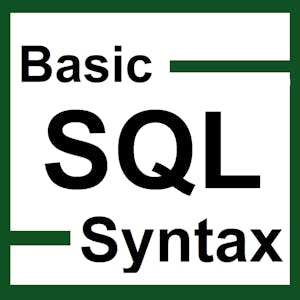Digital Disruption
About this Course
In this exciting online course you can understand how technology, strategy and digital business models are important to be innovative in your job. Also, you will understand what disruption is and which are the most disruptive technologies to articulate business strategy in times of digital innovation and and be able to capture those impacts using modern strategy analysis tools. To succeed in this course, you should be a professional with at least 2-3 years of experience in an organizational setting. Having specific experience in a design role or working with designers will be helpful. By the end of this course, you will be able to: - Identify the relationship between technology and innovation, recognizing different types of innovation. - Identify the impact of digital technologies both within a firm (being digital) and from the firm outwards (going digital). - Apply the concept of business plans and use modern tools to summarize their main elements.Created by: Universidad de Palermo

Related Online Courses
In this course, you will learn the benefits and technical concepts of AWS Audit Manager. If you are new to the service, you will learn how to start using Audit Manager through a demonstration using... more
Fires impact people, property and the environment in all countries around the world. In some cases, the resulting losses are extraordinary, causing hundreds of deaths, widespread damage to property... more
This final course in the specialization provides an introduction on types of the construction projects as well as the main concern of the productivity challenge in the construction industry.... more
This Specialization can be taken by students, IT professionals, IT managers, career changers, and anyone who seeks a cybersecurity career or aspires to advance their current role. This course is... more
In this project you will learn to identify and use correct syntax when writing SQL retrieval queries. Through hands-on activities in SQLiteStudio, you will gain experience with the SQL syntax used... more








